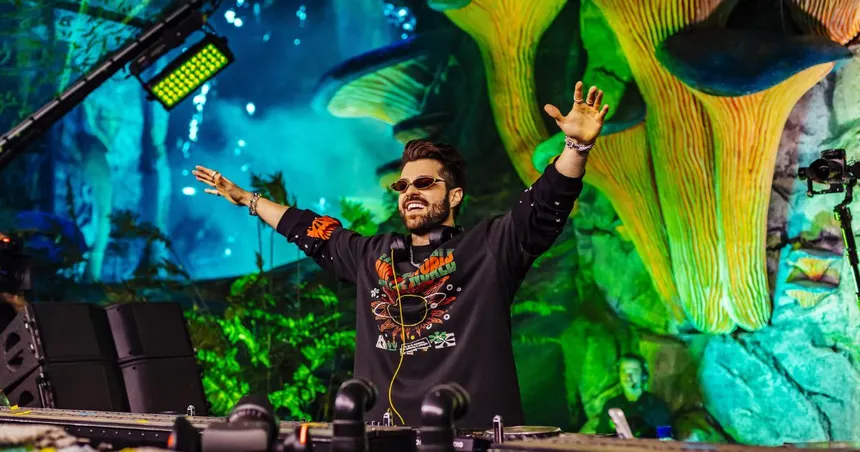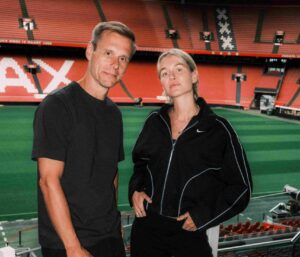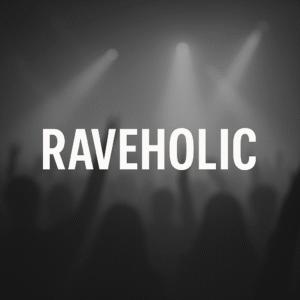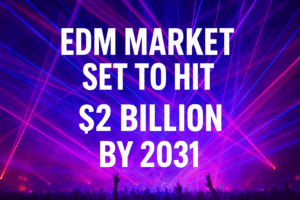
Excerpt: During a climactic moment at Tomorrowland Brasil, more than 1,000 synchronized drones painted the São Paulo sky while Alok tore through a home‑turf set—setting a new Latin American benchmark for live drone shows.
What happened over São Paulo
On Sunday, October 12, 2025, as the crowd swelled around Tomorrowland Brasil’s Mainstage in São Paulo state, Brazilian superstar Alok steered his set into a moment that eclipsed the usual fireworks. Instead of pyro, the night sky bloomed with a choreographed swarm of more than 1,000 drones, each carrying a pinpoint LED. In carefully plotted formations, the fleet rose, pivoted, and expanded above the festival grounds, sketching logos, geometric blooms, and animated symbols timed to the music’s breaks and drops. Organizers billed the spectacle as a new Latin American record for a live drone show at a music festival, and on the ground it felt exactly like that—scale with precision, not just scale for its own sake.
Why this moment matters for dance music
Drones have been creeping into festival toolkits for years, usually as a garnish to fireworks-heavy finales. What distinguished Alok’s sequence at Tomorrowland Brasil was primacy. The drones weren’t an add-on; they were the effect, woven into the set as an instrument with its own phrases and cadences. That has creative and practical implications:
- Safety and sustainability: Drone swarms can deliver sky‑high spectacle without ash, fallout, or the elevated fire risk associated with large‑format pyro. They’re reusable and software‑driven, offering a lower‑impact path to arena‑level visuals.
- Musicality: Each formation is fully time‑coded to the performance, so a melody can blossom into a halo of light or a bass drop can trigger a ripple through the fleet that reads like a visual fill. The effect is less “attached” to the music and more performed with it.
- Storytelling at scale: Because drones can form words and figurative shapes, they carry narrative weight that lasers and spot fixtures can’t—especially when the audience is tuned into the symbolism of an artist’s brand or a festival’s lore.
“A thousand points of light moved like a single instrument—an encore the sky performed.”
Inside the tech: how you choreograph a sky
Behind the five‑minute burst of wonder sits months of engineering. Drone suppliers simulate every frame of the show inside a 3D model of the site, factoring winds, airspace boundaries, and the Mainstage sightlines. Each micro‑quadcopter carries a high‑visibility LED and a programmed flight plan. A central control station syncs launch and movement to the set’s timecode—often the same clock that triggers lighting cues, lasers, and video servers. If a unit drifts outside its corridor, onboard sensors and geofencing nudge it into a safe holding area. Redundancies stack on redundancies; the point is not just to dazzle but to do so predictably.
At Tomorrowland Brasil, the choreography favored large, legible shapes that read from far back on the hill. You could see concentric circles pulsing outward on builds, a stylized heart snapping into place for a vocal refrain, and an abstract “wings” motif that fanned over the crowd as the BPM pushed upward. The restraint was the tell—no frantic scribbling, just confident, readable movements keyed to musical phrases. It’s the difference between a spectacle that interrupts a show and one that is the show.
Alok on home soil: context for a career moment
Few artists have the domestic gravitational pull that Alok commands in Brazil. His rise from national breakout to global headliner came with a double mandate: represent at home and translate abroad. That tension often produces his sharpest work on Brazilian stages, where the production scale and crowd memory create a feedback loop. The drone sequence leveraged that loop. Fans arrived knowing they’d see a Mainstage climax; Alok delivered it with a twist that reflects the broader pivot in festival production—toward programmable, sustainable, and narratively rich effects.
Creatively, the move also tracks with Alok’s penchant for contrast: melody-forward drops following tension‑heavy builds, big-room songwriting threaded through techno‑leaning frames. In that aesthetic, the drones serve as both counterpoint and amplifier—ultra‑precise lines in the sky that frame the more organic chaos down on the floor.
Drone shows vs. fireworks: not a zero‑sum game
Purists sometimes frame drones as the anti‑pyro: clinical, quiet, and too neat for dance music’s messy heart. The best implementations push past that binary. At Tomorrowland Brasil, the fleet’s movements had rhythm—accelerating with percussion flurries, hanging in suspension during a vocal break, then cascading outward as the kick returned. What fireworks do with heat and sound, drones can approximate with motion grammar. And because the units are addressable like pixels, the same show can be reskinned with new “art” without changing the core choreography, offering touring flexibility and lower waste.
What the audience experienced
From the hill, the vibe shifted from anticipation to collective hush as the first formation snapped into place. Phones rose (inevitably), but the better moments were felt rather than filmed: a wave of light rolling overhead in sync with a snare rush; a luminous outline forming and then breaking apart like confetti on a drop. On social feeds, the clip that traveled fastest captured a single, simple shape—a ring that dilated with the bass like a living lens. Viewers called it “the future of festival visuals” and “the moment of the weekend,” not because it was louder than anything else, but because it was cleaner.
Production notes: the moving parts you didn’t see
- Launch pads: Drones staged from a secured zone outside main crowd areas, with a safety corridor separating the fleet from the audience.
- Airspace coordination: Even in rural or exurban festival sites, operators liaison with local authorities to lock down temporary flight restrictions and ensure no conflicts with helicopter news traffic or private drones.
- Weather windows: Wind speeds and gust profiles drive go/no‑go calls; operators model alternates for breezy nights with lower‑altitude formations.
- Power and interference: RF‑heavy environments like festivals require hardened comms plans to prevent interference from wireless mics, in‑ear systems, and guest gadgets.
Ripple effects: how this raises the bar
Tomorrowland is already a byword for production innovation. Planting a 1,000‑plus swarm in Brazil sets expectations for mainline Latin American festivals and, frankly, for global tours passing through the region. Bookers will ask for it; brands will look to underwrite it; competing festivals will price the delta between classic finales and drone‑enabled storytelling. None of that means every lineup suddenly gets a fleet—budgets, permits, and weather make drones a surgical tool, not an everyday toy—but it does expand the palette.
For artists, the takeaway is creative control. With drone vendors increasingly offering content pipelines—think motion‑graphics workflows that export directly to flight paths—visual identity can extend skyward. Imagine album‑cycle motifs mapped above a festival crowd, or philanthropic messages drawn as part of a charity encore. The tech is there; the question is whether artists embrace it as something more than a novelty.
Where it goes next
The next logical step is interactivity. We’re already seeing experiments where audience wearables or phone apps influence lighting cues or laser palettes; drones can read from similar input streams to modulate formations in real time, within safety envelopes. Another frontier is camera integration: live drone formations composed for broadcast, not just in‑person viewing, with FPV captures that fly through formations like a reverse‑firework shot. For a festival brand built on global streams, that broadcast grammar matters as much as the in‑field experience.
The bigger picture for Brazil
There’s pride woven through a moment like this. Homegrown headliner, global‑standard festival, record‑setting tech—all on Brazilian soil. For a market that has matured into a must‑tour region for electronic headliners, the message is simple: the production isn’t following the talent to Europe and North America; it’s meeting (and sometimes exceeding) that standard in Latin America. Expect regional promoters to parlay this into bolder bids for exclusive shows, multi‑night runs, and cross‑genre collaborations that treat Brazil as a launchpad, not a late‑tour afterthought.
Bottom line
Alok’s Tomorrowland Brasil drone show didn’t just add another big number to a résumé already crowded with firsts and milestones. It reframed what a festival finale can feel like: less heat and smoke, more choreography and story; less throwaway, more repeatable art. The Latin American record is a headline. The deeper message is that dance music’s canvas keeps expanding outward—and now, upward.






